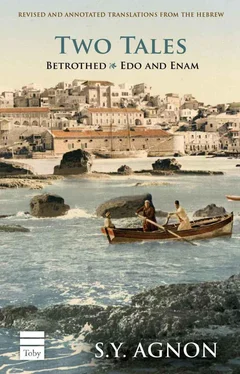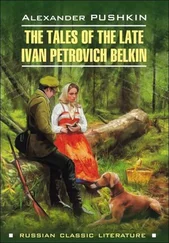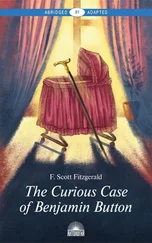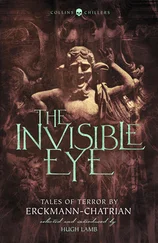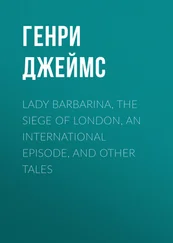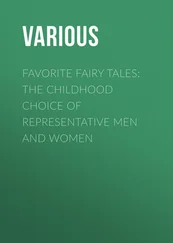A family of mourners came and sat down on the bench opposite. A woman detached herself from the group and walked in front of them, raising her voice in loud wailing and laments, swaying her shrunken body to the rhythm. She was sad, very sad, and so was her voice. Not a word that she uttered could I understand, but her voice, her bearing, and the expression on her face moved all who saw her to tears. The woman took from her bosom the picture of a young man and gazed at it intently. Again she sang, in praise of his beauty and his grace, recounting all the years he would have had for life, had not the angel of death come for him too soon. All the mourners wept bitterly, and all who heard them wept in sympathy. Just so Gemulah must have wept for her father, just so she must have mourned him.
As I stood among them, I saw Gamzu coming out of the mortuary. The perplexity of soul that always accompanied him had left him for a while; in its place came two new companions, astonishment and sorrow. I went up to him and stood by his side. He rubbed his dead eye with his finger, then took out a handkerchief and wiped his finger, saying, “He was the one. He was the Jerusalem Hakham , and he was the scholar I sold the talismans to.”
One of the mortuary attendants came over to us. He looked once at me and once at Gamzu, like a dealer who has two customers and wonders which he should attend to first. While trying to make up his mind which of us was the more important, he asked for a cigarette. Gamzu searched in his pocket and took out cigarette paper and tobacco. In the meantime they brought out Ginat’s coffin. Gamzu lifted his finger to his dead eye and said calmly, “Ginat is the one who bought the talismans.”
The coffin bearers moved on; about half the necessary Minyan, I and three or four others who were at hand, followed to perform the last rites. A beggar with a tin box approached. He banged on his box, calling repeatedly, “Charity saves from death.” Each time he looked behind him, lest in the meanwhile other bodies had been brought out and he should stand to miss what the accompanying mourners might give him.
On the way back from the Mount of Olives, Gemulah’s funeral procession caught up with me. And on the way back from Gemulah’s funeral I was stopped by an automobile in which sat the Greifenbachs, just returned from their travels.
Greifenbach saw me and called from inside the automobile, “How nice to see you! How really nice! How is our house getting on? Is it still standing?”
Mrs. Greifenbach asked, “Has nobody broken in?”
“No,” I answered, “no one has broken in.”
Again she asked, “Did you get to know Ginat?”
“Yes,” I said, “I got to know Ginat.”
Both of them said together, “Get in and ride with us.”
I answered, “Good, I shall get in and ride with you.”
A policeman came along and shouted that we were holding up traffic. The driver started up the car, and the Greifenbachs went on without me.
Some days later, I went to the Greifenbachs to return their key. On the same day officials had come to examine Dr. Ginat’s room, but they found nothing except his ordinary utensils and two tins full of the ash of burnt papers. The ash was probably made up of his writings. When had Ginat burnt these? On the night when Gamzu took Gemulah back? Or on the same night that Ginat went out to save Gemulah and was killed with her?
What induced Ginat to destroy his own work, to burn in a few minutes the result of years of toil? As is usual in such cases, the question is disposed of lightly. It was psychological depression, they say; grave doubts brought him to this deed. But what led him to such a state of depression, and what were those doubts of his? To these questions no answer is forthcoming. For surely there is no way of estimating, no way of knowing or understanding such a matter, especially where one is dealing with an enlightened spirit such as Ginat, and with works of wisdom and poetry such as his. No explanations can affect the issue, no accounts of causes alter it. These are no more than the opinions people put forward in order to exercise their ingenuity in words without meaning on cases that cannot be solved, on happenings for which there is no solace. Even if we say that events are ordained from the beginning, we have not come to the end of the chain, and the matter is certainly not settled; nor does any knowledge of causes remove our disquiet. They found this, too, in Ginat’s room: a deed of annulment, in which Ginat canceled the rights of the publishers to bring out his books, forbidding them to reprint his vocabulary (that is, the ninety-nine words of the Edo language), and his book of grammar (meaning the grammar of Edo), and his book of Enamite Hymns.
As usual, the dead man’s orders were not carried out. On the contrary, his books are printed in increasing numbers, so that the world is already beginning to know his works, and especially the Enamite Hymns with their grace and beauty. While a great scholar lives those who choose to see his learning, see it; those who do not, see nothing there. But once he is dead, his soul shines out ever more brightly from his works, and anyone who is not blind, anyone who has the power to see, readily makes use of his light.
Annotations to “Edo and Enam”
In attempting to uncover the complexities of the kabbalistic sources woven throughout “Edo and Enam” (and the rest of Agnon’s canon) the reader will find a very useful research tool in Elchanan Shilo, HaKabbalah BeYetzirat Agnon (Ramat Gan: Bar Ilan Univeristy Press, 2011).
Meshulam Tochner identifies the names Edo and Enam as echoing the roots of the Hebrew words ye’ud (destiny) and ma’ayan (source).
101. Riots of 1929 / Series of violent demonstrations and riots in August 1929 set off by a dispute between Muslims and Jews over access to Jerusalem’s Western Wall, resulting in many Jewish deaths (most severely the massacre of 67 in Hebron) and widespread property damage. Agnon’s home in Talpiot was marauded during these riots.
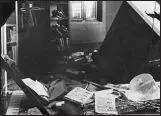
Agnon’s library after the 1929 riots
103. Cadence of a woman’s song / This is potentially a reference to the theory advanced by Shlomo Dov Goitein, who suggested that the Biblical Song of Songs was composed by a female court, but ascribed to Solomon, as was customary. He published this theory in the wake of his ethnographic studies on the Yemenite Jewish community and the Biblical cadences of its female poetic singers. Goitein (1900–85) was a distinguished historian, specializing in Jewish life under Medieval Islam, and was a close friend of Agnon. This topic is discussed, most recently, in Ilana Pardes, Agnon’s Moonstruck Lovers: The Song of Songs in Israeli Culture (Seattle: University of Washington Press, 2013), pp. 60–65. Pardes’ study focuses on the presence of the Song of Songs in the intertextual matrix of the two stories in this volume — “Betrothed” and “Edo and Enam”.
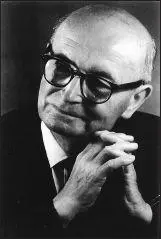
S.D. Goitein
105. Faust / Faust, protagonist of a classic German legend, is a frustrated scholar whose pact with the Devil grants him unlimited knowledge in exchange for his soul. Goethe’s Faust is an early 19th century play in two parts.
106. Solomon Ibn Gabirol / (c. 1021–1058) Among the greatest Hebrew poets and philosophers of Spanish Jewry. The legend of Ibn Gabirol’s creating a female servant (à la legends of the Golem) is recorded in Joseph Solomon Delmedigo’s 17 th century work Matzref LeHokhmah (9b) and cited in Agnon’s anthology Sefer, Sofer ve-Sippur , p. 244 (2000 edition).
Читать дальше
